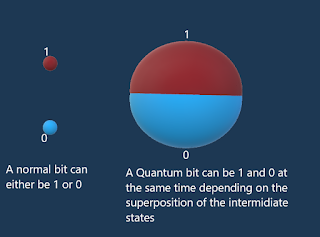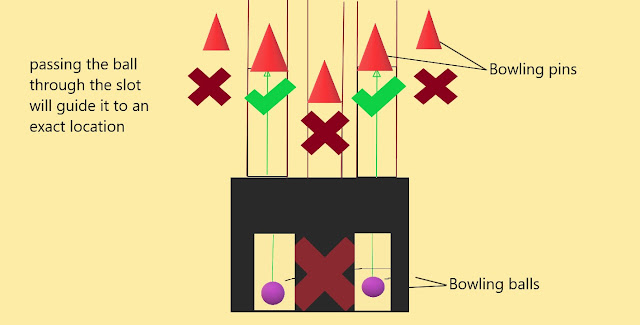The birth of electrons !
The first scientist who took the theory of atoms into consideration and further expand his knowledge about these mysterious particles was J.J Thompson. If you're a chemistry student you surely heard about his famous cathode ray tube experiment.
And as the title suggests, he used a sort of glass tube, sealed all over and almost empty from air, the device included two pieces of metal in one extremity to which he linked an electricity generator.
The electrons travel from the cathode to the anode creating a light beam that can pass throughout the entire tube, the weak gas pressure within the tube allows the beam to go in a straight line without any deviations or any kind of influences.
The next step consists of putting up a screen in front of the device to observe the behavior of the ray, observing it as it is, he had a curious question: "what does this ray consist of?"
The first idea he had is putting the beam between two metal plates that are linked to a power source where one is positive and the other is negative, the first observation shows that, surprisingly, the beam deviates towards the side of the positive plate, he admitted that the ray is charged negatively and to further verify the hypothesis he put a magnet around, and the ray deviated as expected !!
The thing that he was certain of is, that the beam must be made of some negatively charged particles.
Another thing to mention is by calculating the ratio of E and B representing respectively the electric and magnetic forces he found that the velocity of the unknown particles is about 1/6 the speed of light, so obviously it cannot be light!!
And the most revolutionary conclusion was made by calculating the ratio q/m which he found that it is more than 2000 bigger than its of hydrogen!! Mathematically this can be due to two things, either the charge of the particle is very high or the mass is very low. He was convinced that the difference in charge cannot be that important so he concluded that the particle's mass is very inferior compared to the mass of the hydrogen atom.
By changing the element constituting the cathode by other metals like aluminum, the ratio stays the same which means that the particles are the same for every element.
So if an atom emits particles that weight very less relatively than the final conclusion is: ATOMS ARE MADE OF TINY NEGATIVELY CHARGED PARTICLES CALLED ELECTRONS




Comments
Post a Comment